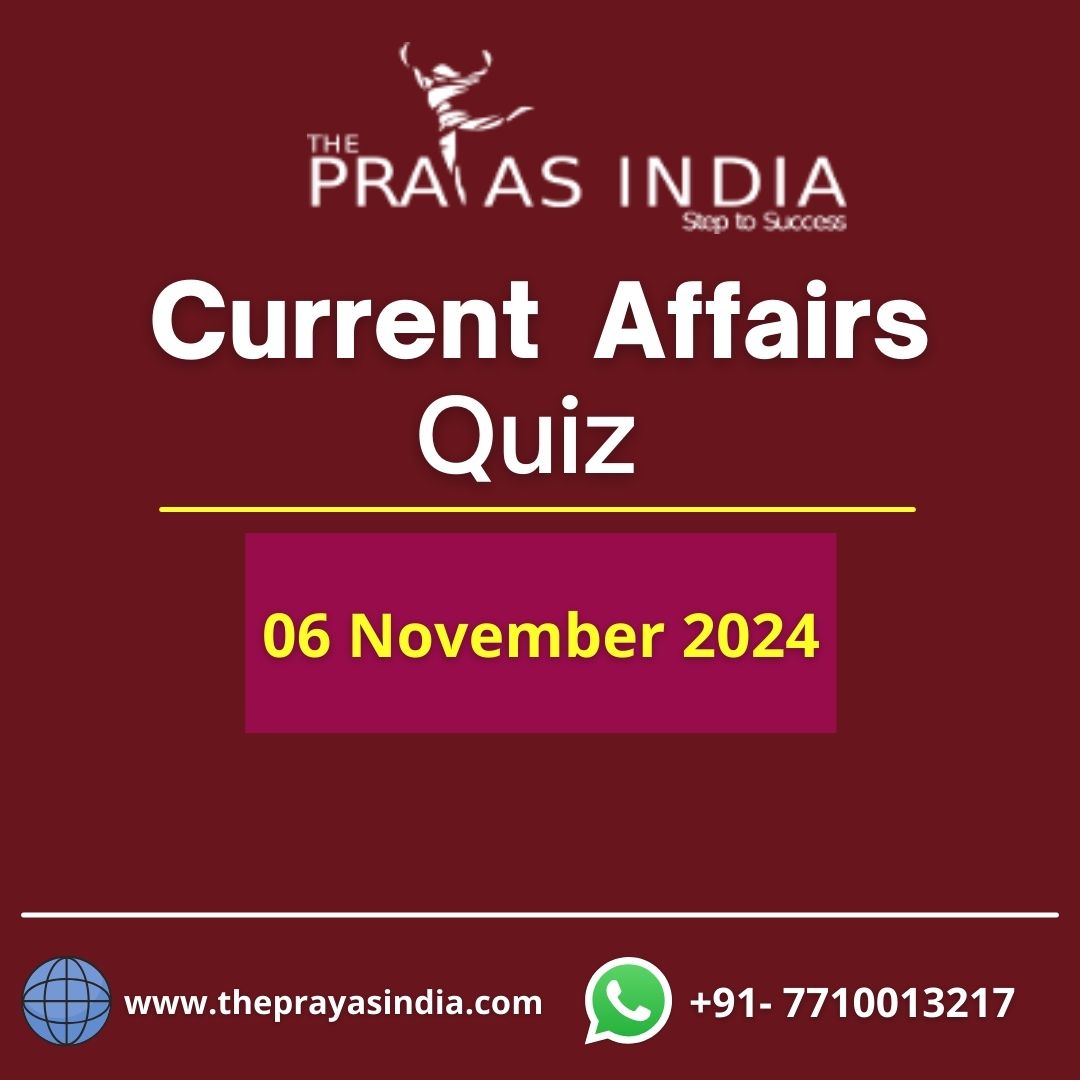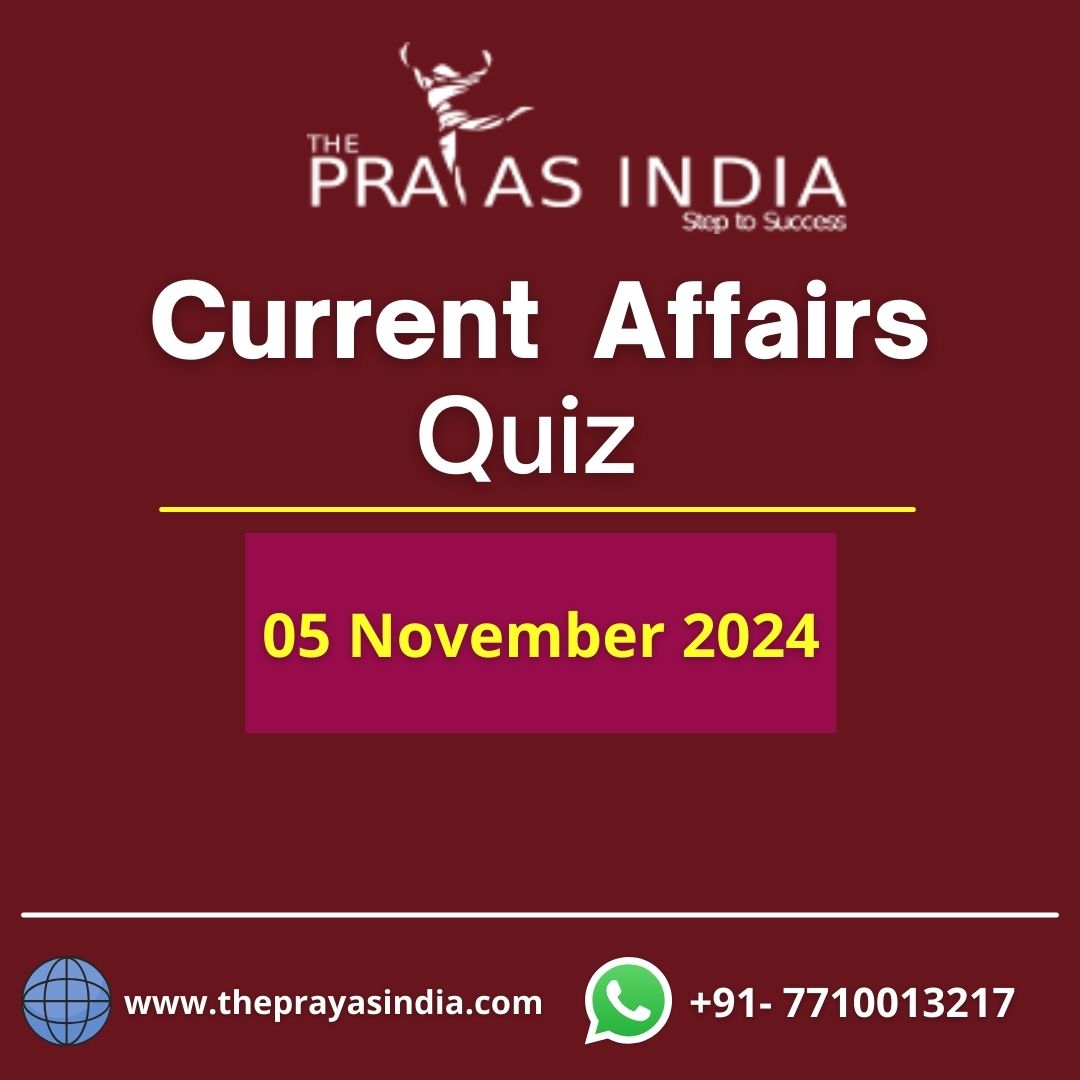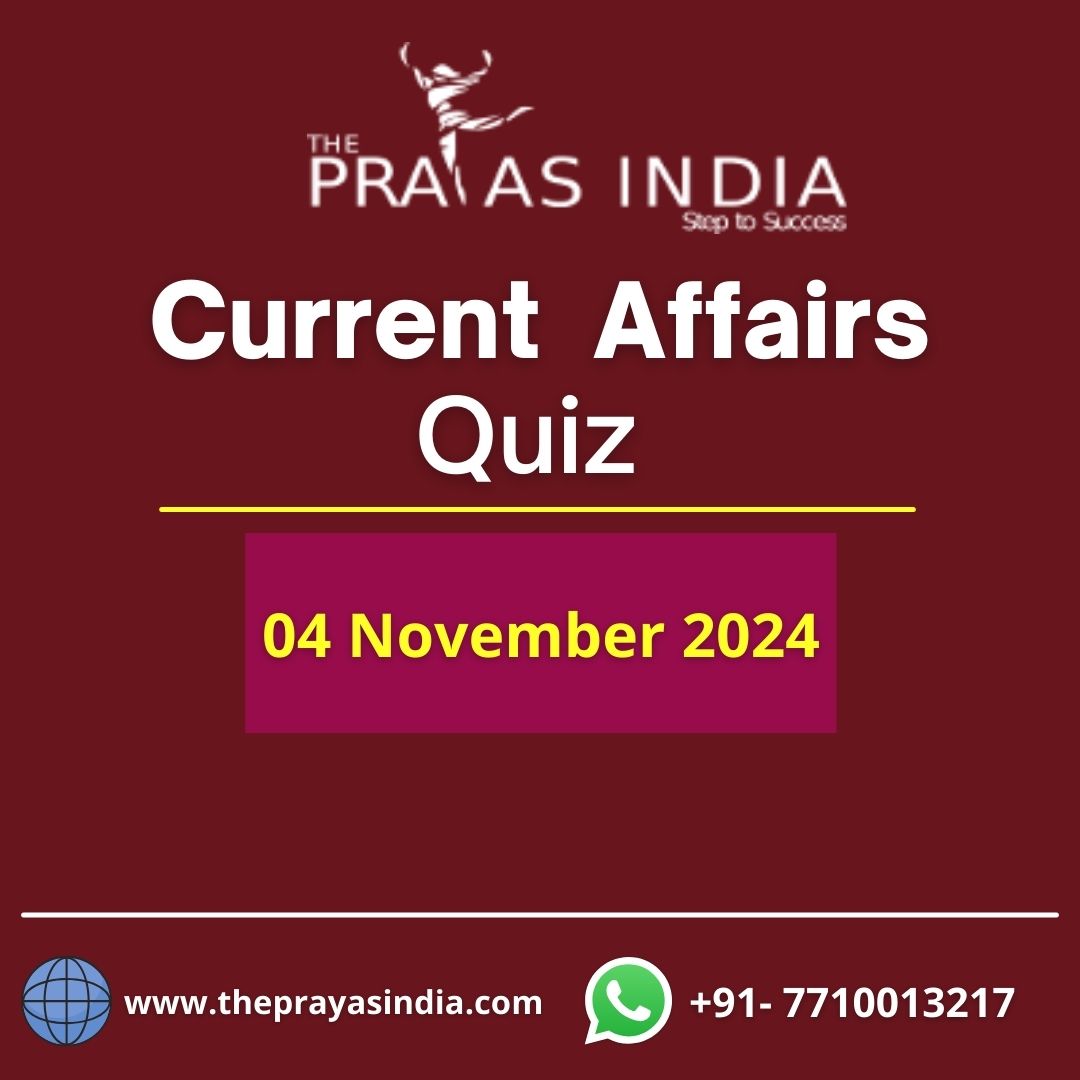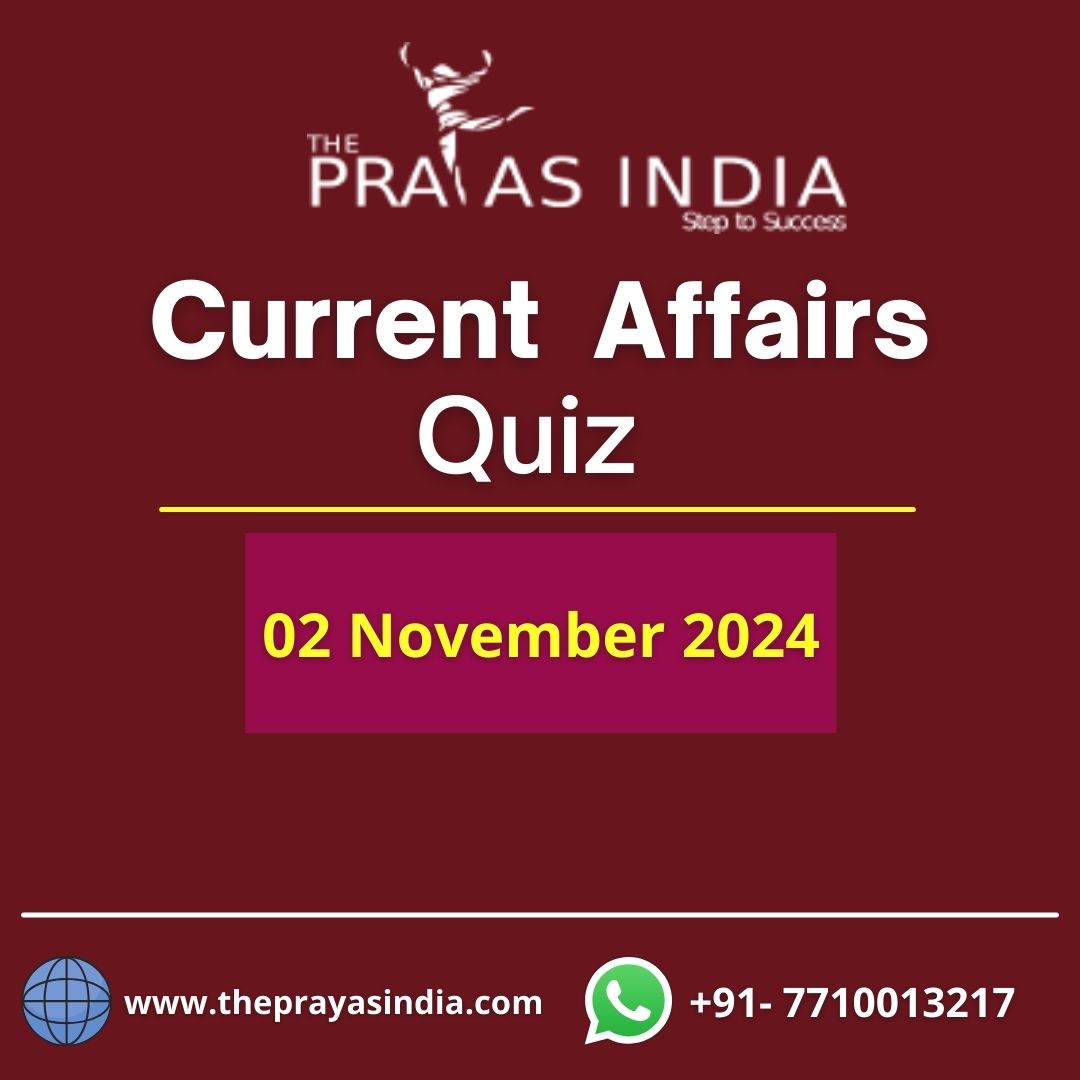Q1. Consider the following statements regarding the ‘Princely State of Hyderabad’:
- It was founded by Mir Qamar-ud-Din Siddiqi.
- State’s integration with India after independence happened through ‘Operation Polo’.
- Nizam was retained as the head of state after integration with India.
How many of the statements given above is/are correct?
(a) Only one
(b) Only two
(c) All three
(d) None
Ans: (b)
Explanation:
- City was founded in the year 1591by fifth Qutb Shahi Ruler Muhammad Quli Qutb Shah on the bank of river musi
- Qutb Shahis ruled the Deccan for almost 171 years. During the Qutb Shahi reign Golconda became one of the leading markets in the world of diamonds, pearls, steel for arms and also printed fabric.
- The glory of the Golconda kingdom ended in 1687, when Aurangzeb, the last great Mughal ruler, captured Golconda from Abul Hasan Tana Shah, the last king of Golconda. With the conquest of the Deccan and the South, Aurangzeb succeeded in expanding the Mughal Empire to cover the entire sub-continent.
- After his death of Aurangzeb in 1707, Mir Quamar-ud-din,the Governor of the Deccan, who bore the title of Nizam-ul-Mulk Feroze Jung Asif Jah, declared his independence from Mughal rule in 1724. He thus became the first Nizam and the founder of the Asif Jahi dynasty.
- Nizam, shortened from Nizam-ul-Mulk, meaning Administrator of the Realm
Q2. Consider the following Pairs regarding new dynasties and their founders:
- Sa‘adat Khan: Awadh
- Murshid Quli Khan: Bengal
- Asaf Jah: Hyderabad
How many of the above pairs are correctly matched?
(a) Only one
(b) Only two
(c) All three
(d) None
Ans: (c)
Explanation:
- Amongst the states that were carved out of the old Mughal provinces in the eighteenth century, three stand out very prominently. These were Awadh, Bengal and Hyderabad. All three states were founded by members of the high Mughal nobility who had been governors of large provinces –
- Sa‘adat Khan (Awadh),
- Murshid Quli Khan (Bengal) and
- Asaf Jah (Hyderabad).
Q3. Which of the following statements about inflation is correct according to economic theory?
(a) Inflation always leads to a decrease in the purchasing power of money.
(b) Deflation is generally more harmful to an economy than moderate inflation.
(c) Hyperinflation is a common occurrence in stable, well-managed economies.
(d) Inflation is primarily caused by an increase in the production of goods and services.
Ans: (b)
Explanation:
- Deflation is generally considered to be more harmful to an economy than moderate inflation because it can lead to a decrease in consumer spending and investment. When prices are falling, consumers tend to delay their purchases in anticipation of even lower prices in the future. This can lead to a recession, as businesses are forced to cut production and jobs.
- Moderate inflation, on the other hand, can actually be beneficial to an economy. It can encourage businesses to invest and innovate, as they know that they will be able to charge higher prices for their products and services in the future. Moderate inflation can also help to reduce unemployment, as businesses are more likely to hire workers when they know that they will be able to pass on the cost of higher wages to consumers.
Q4. Consider the following statements:
- Usually lenders suffer and borrowers benefit out of inflation.
- Holding money remains an intelligent economic decision during inflation.
- With every inflation the currency of the country appreciates.
How many of the given above statement(s) is/are the Effects of Inflation?
(a) Only one
(b) Only two
(c) All three
(d) None
Ans: (a)
Explanation:
- Inflation redistributes wealth from creditors to debtors, i.e., lenders suffer and borrowers benefit out of inflation. The opposite effect takes place when inflation falls (i.e., deflation).
- Holding money does not remain an intelligent economic decision (because money loses value with every increase in inflation).
- With every inflation the currency of the economy depreciates (loses its exchange value in front of a foreign currency) provided it follows the flexible currency regime.
Q5. Consider the following statements about the Chausath Yogini Temple:
- It is an 11th-century temple in the Indian state of Madhya Pradesh.
- It was built by the Ganga dynasty king Anantavarman Chodaganga.
- The uniqueness of this temple is its circular shape that is popularly believed to have inspired the design of the Indian Parliament.
How many of the statements given above is/are correct?
(a) Only one
(b) Only two
(c) All three
(d) None
Ans: (b)
Explanation:
- Blend: The building is renowned for its architectural blend of Western and Indian styles. While it incorporates classical Western elements, it also features Indian architectural motifs, such as the use of columns and domes.
- It was inspired by the Ekattarso Mahadeva Temple (Chausath Yogini Temple) in Madhya Pradesh
- According to an inscription dated to 1323 CE (Vikram Samvat 1383), the temple was built by the Kachchhapaghata king Devapala ( r. c. 1055 – 1075).
- The perimeter of the building is circular, with 144 columns on the outside.
- The building is surrounded by large gardens and the perimeter is fenced off by sandstone railings (jali).




